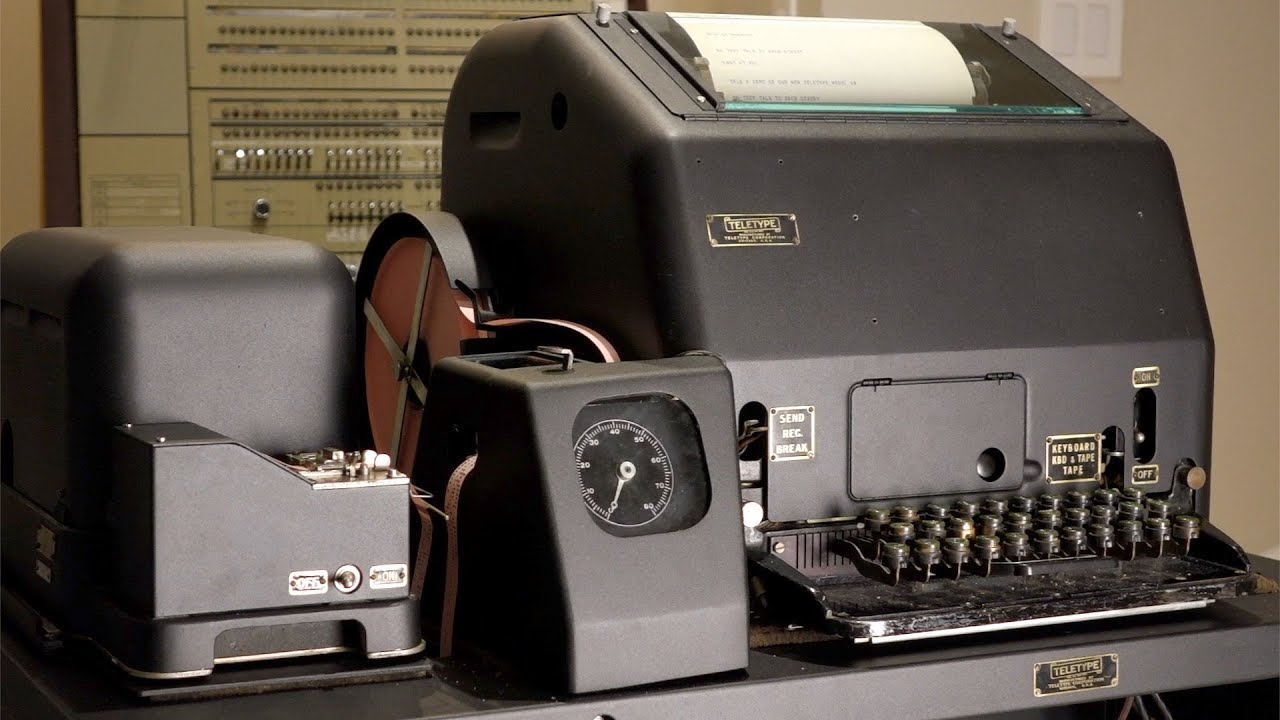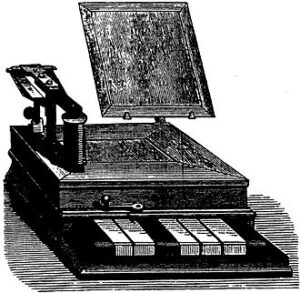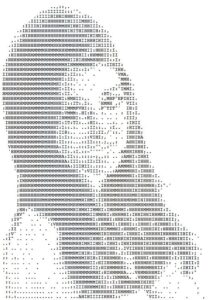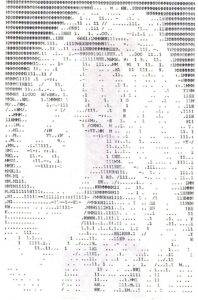
Early on in my amateur radio hobby an Elmer introduced me to the facinating digital mode of Radioteletype. It wasn’t the end result of the message magically appearing on paper, but the mechanics of springs, electro magnets and the thousands of parts that work in unison to make it happen.
Many war-surplus machines were available in the 70s, and I ran across a Green Western Union Teletype complete with sound proofing cabinet, free for the taking. This one was really noisy without the cabinet. It had a curious thump thump thump as it was doing it’s thing. I “Home Brewed” a terminal unit to decode those warbling tones complete with a loop supply of 170V DC to drive this behemoth. With an Eico transmitter and a reed relay capacitor attachment, I was able to produce the FSK or frequency shift keying needed for this digital mode.
Frequency Shift Keying or FSK is the digital modulation technique in which the frequency of the carrier signal varies according to the digital signal changes. The output of a FSK modulated wave is high in frequency for a binary High input and is low in frequency for a binary Low input. The binary 1s and 0s are called Mark and Space frequencies, hence the familiar sound heard in radio transmission.
 The first true teletypewriter, or teletype, was invented by Elisha Gray in 1867. Gray’s device, called the “Telegraph Printer,” was capable of transmitting messages over telegraph lines and printing them out on paper tape.
The first true teletypewriter, or teletype, was invented by Elisha Gray in 1867. Gray’s device, called the “Telegraph Printer,” was capable of transmitting messages over telegraph lines and printing them out on paper tape.
In the 1870s, Emile Baudot developed a five-bit binary code system that became widely used for teletype communication. This code, known as the Baudot code, allowed for the transmission of alphanumeric characters and control signals.
The term “RTTY” came to be when a radio and a demod was added to the basic teleprinter for wireless telegraph operation.
Teletype was a trademark of the Teletype Corporation in Skokie, IL, which was part of AT&T. Products ranged from the Model 14, invented by the original company in 1928, to Models 42 and 43 in 1977, and the Dataspeed 40 in 1979.
Amateur radio started using the Model 26 in 1946 as units went into the surplus market from World War II. and has since given way to a PC based system. RTTY is still a popular mode with contests and keyboard to keyboard “QSO’s” frequently. ARRL still broadcasts QST bulletins via Baudot.



In the mid 70s, I happened across a group of tty enthusiasts in QSO on Saturday mornings. Among them was Don Royer, WA6PIR, who as it turned out was a most accompished RTTY Type Artist. He and his wife Maxine created some of the most detailed pictures for teletype. Over the next few years I enjoyed exchanging and creating some art on my own. Not too good I might add but still fun.
Out ot the many hundreds of pictures created, a fav among most were the Playboy Centerfolds. After I printed the featured playmate of the month, I posted it on the fridge, My xyl promptly named my printer the “pornograph”!! All in fun.